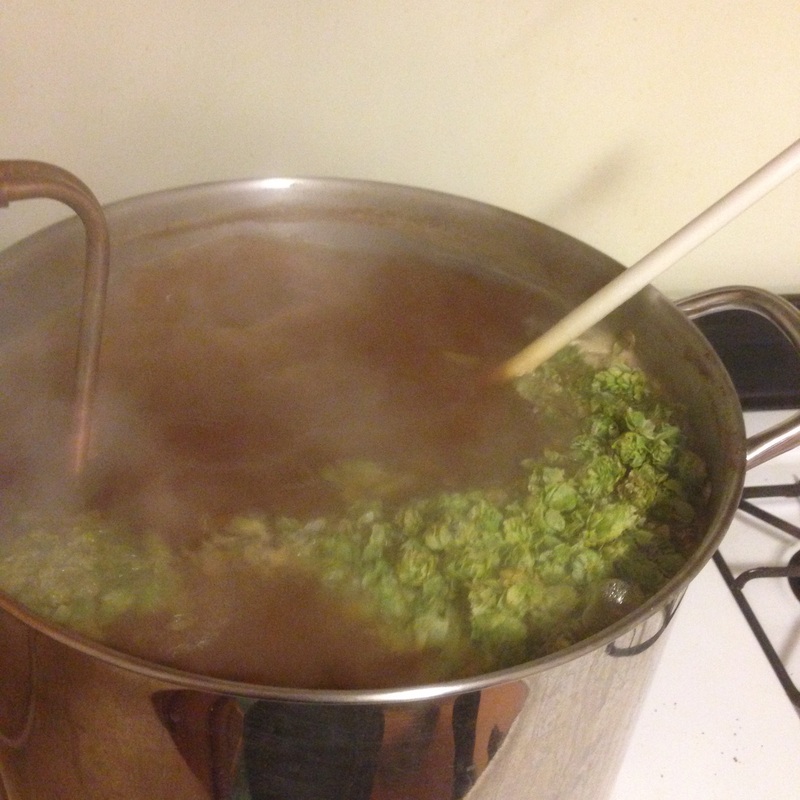As you may have guessed, we think it's just the bee's knees that we get to brew with these hops (the cones grow in multiheaded bunches! Like a hydra! Or... grapes). We've always been fascinated by the farmhouse brewing tradition - beer used to be just a food product and people made it out of whatever was easy and/or cheap to get (while we love the idea, we try not to use the word "farmhouse" to describe our beers since our brewery is in an industrial park, which is about as far on the other side of the spectrum as you can get given that it's neither farm nor house). And it doesn't stop at the old-timey throwback beers like the Norwegian beers made with spruce branches or colonial-era American beers made out of pumpkins and squash - many of the beer styles you know and love stem from brewers trying to deal with environmental and/or political factors. For instance:
-English beers tend to be low in alcohol because of taxes imposed on brewing ingredients during the World Wars - they used to be hella strong back in the day.
-Belgian beers tend to be dry and cloudy because a tax was placed on the size of the mash tun, which meant brewers had to use thick mashes and lots of sugar (somewhat counterintuitively, sugar leads to a drier beer instead of a sweeter one).
-American Mainstream Beers use corn and rice because domestic barley is very high in protein, which makes a beer that's relatively thick. Adjuncts were used to lighten the body and make it more palatable to people who were accustomed to European beer (that's right! It's not because the Big Brewers are cheap! Maybe next time you shouldn't get all your Historical Beer Facts from a Sam Adams label).
In conclusion, this long rambling story is a great example of why we don't let our head brewer write blog posts more often.


 RSS Feed
RSS Feed